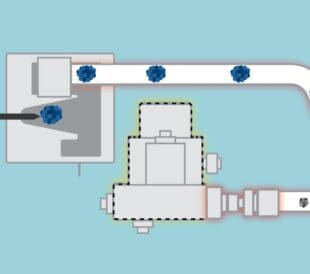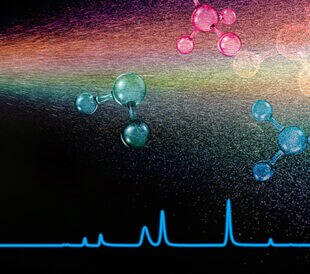Would you consider yourself a prepper by nature? I prep so I’m always ready, which starts with having the right tools. This holds true, especially in the lab, where you need to isolate ultra-pure compounds out of your complex solutions. In this blog post, I’ll explain the three types of HPLC purification prep methods: analytical, semi-preparative and preparative – and when to use each one.
What is the definition of preparative LC?
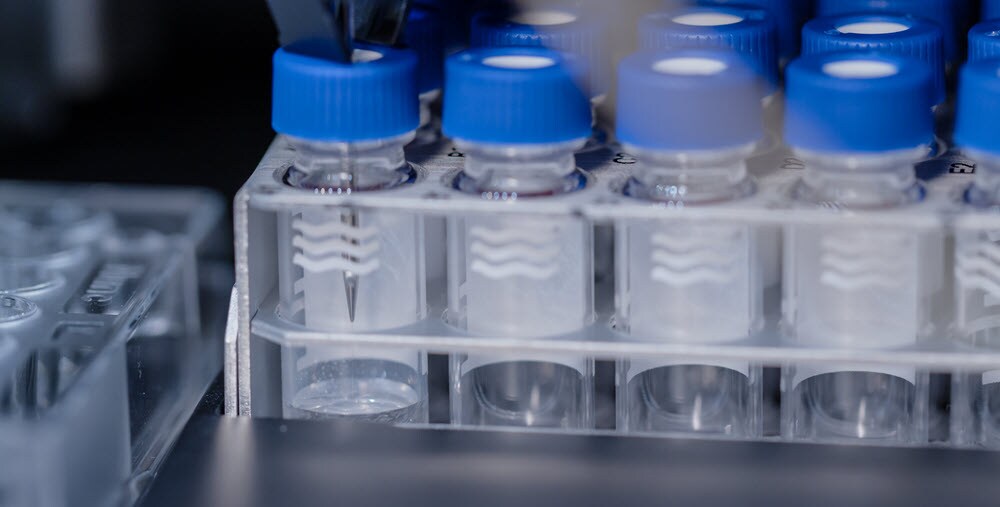
If you want to isolate certain fractions or collections from your sample for purification, you’re actually preparing for your next step, which means you are working in preparative liquid chromatography (LC). Your next step might be for research purposes, quality control or final product packaging. You could use analytical, semi-preparative and preparative in each of these situations.
Often, you’ll read in textbooks that preparative LC is all about large columns, high flow rates above 100 mL/min and more. Additionally, simple chromatography, more in the direction of processes including trap, flush and elute. Analytical LC is put into the frame of having higher pressure and high resolution, small particle and small injection volumes.
This comparison was also stated by my dear colleague Tim a few years ago. But here I would say, this explanation is only partially true. You should not mix prep LC — which is the workflow of isolating things at scale – with the amount of material to isolate. No matter the size of the column, your goal is always to obtain the purified samples in high yield and purity.
The definition may also differ depending on your instrument manufacturer or application market. You might hear the terms prep LC, semi-prep LC, analytical-scale prep LC, etc.
So, if someone is talking about preparative LC, I suggest look deeper into the details and motivations behind the classifications.
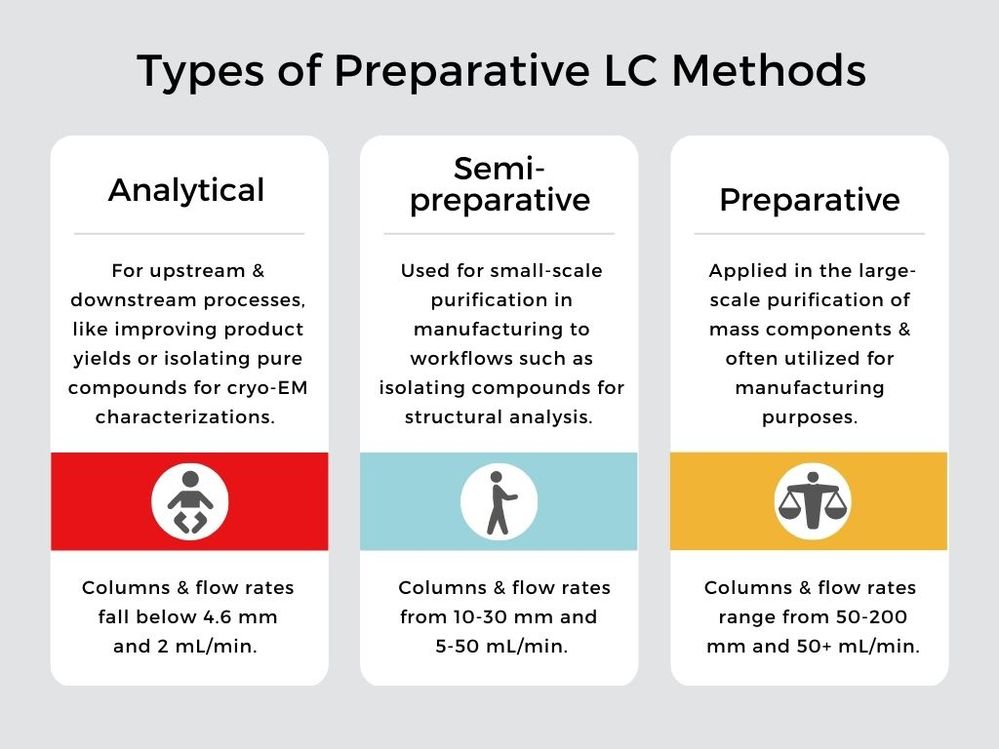
What defines the scale of your prep LC method?
Two things define the scale and type of preparative LC method you choose for purification:
1. Sample availability and yield
The absolute amount of the product yield you want to isolate depends, of course, on the sample availability. It makes a difference if you are working with small scale protein digests, a small amount of synthesized molecular probes or trying to purify large-scale protein manufacturing batches.
For the large-scale protein batch, you will likely inject large sample volumes manually, or even by peristaltic pumps or manually packed columns.
2. Challenge to purify
When defining the scale of your preparative LC method, your motivation for isolation or purification depends on the application area. This factor might lead more often to the decision to not increase the flow rate for purification.
Reasons might be there is already a well-established analytical method and without the need of method scaling, so you’ll only want to clean up the fractions without investing further time. There’s no need to adjust the fine-tuned gradient methods. You can just do repetitive purifications of, for example, target analytes of biological compounds coming out of pilot scale processes.
In other cases, a high purification yield with highest resolution is required to isolate your main peak from impurities, otherwise the sample is not useable. The purified samples have a huge value and require small particle size UHPLC columns operated at small flow rates for the purification.
Voila, you are now doing preparative scale purifications at analytical flow rates.
Proof that analytical is also semi-preparative
One example of this application area is the purification of oligonucleotide chains, which requires the purification of n-1 mers at ultra-high resolution to remove the failure sequences that allow for successful application in PCR tests.
Modern instrumentation can help you combat the challenge of maintaining the analytical resolutions also for the purification step, by a fraction collector offering intelligent technology, like automated delay volume, optimized fluidic design, minimized dispersion and decreased carryover between fractions.
For example, the Thermo Scientific™ Vanquish™ Analytical Purification LC System is used for semi-preparative purification of oligonucleotides with the integrated Thermo Scientific™ Vanquish Fraction Collector.
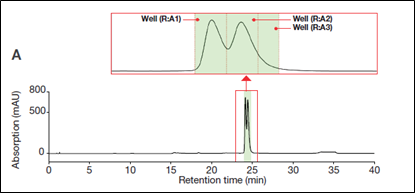
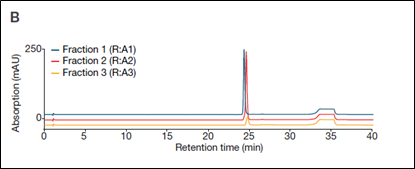
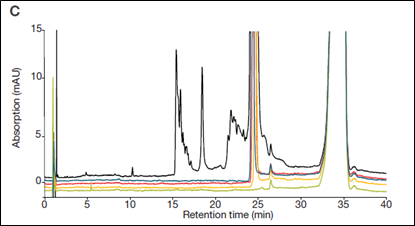
Figure 1. Semi-preparative reversed-phase liquid chromatographic purification of oligonucleotides. The flow rate was 5 mL/min applied at a column with 10 mm ID. The injection volume was 500 µL. Under these conditions we were able to isolate the target peak from impurities and isomers of the target peak.
Where you can learn more about LC purification
You can watch my interview with Tiffany to learn what factors are essential for mastering your HPLC purification workflows.
You can learn more about our Vanquish Analytical Purification LC System along with a variety of material we have on the shelf to help you:
- Product specification sheet
- Product web page
- Product spotlight
- Technical Note
- Helping Develop World-Class HPLC Instruments: An Interview with Dr. Susanne Fabel
